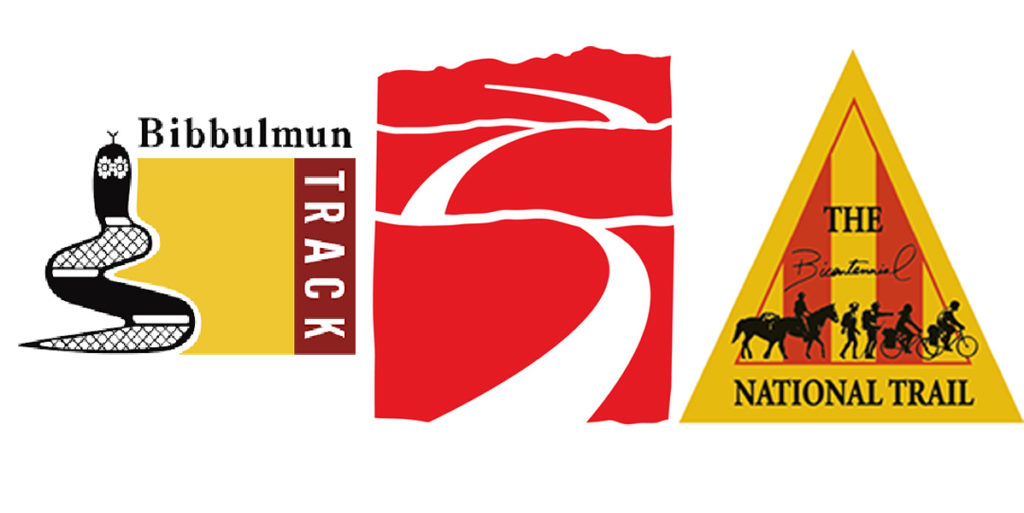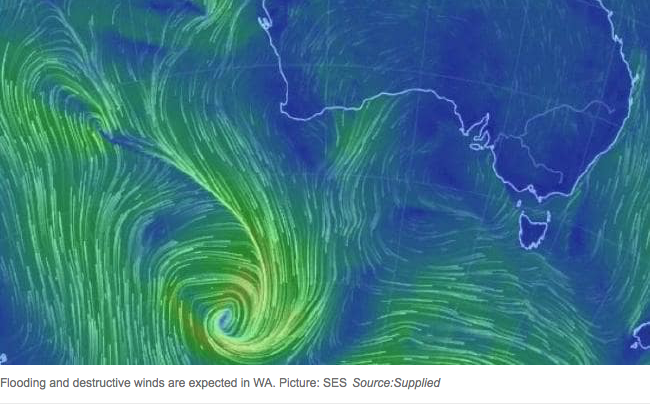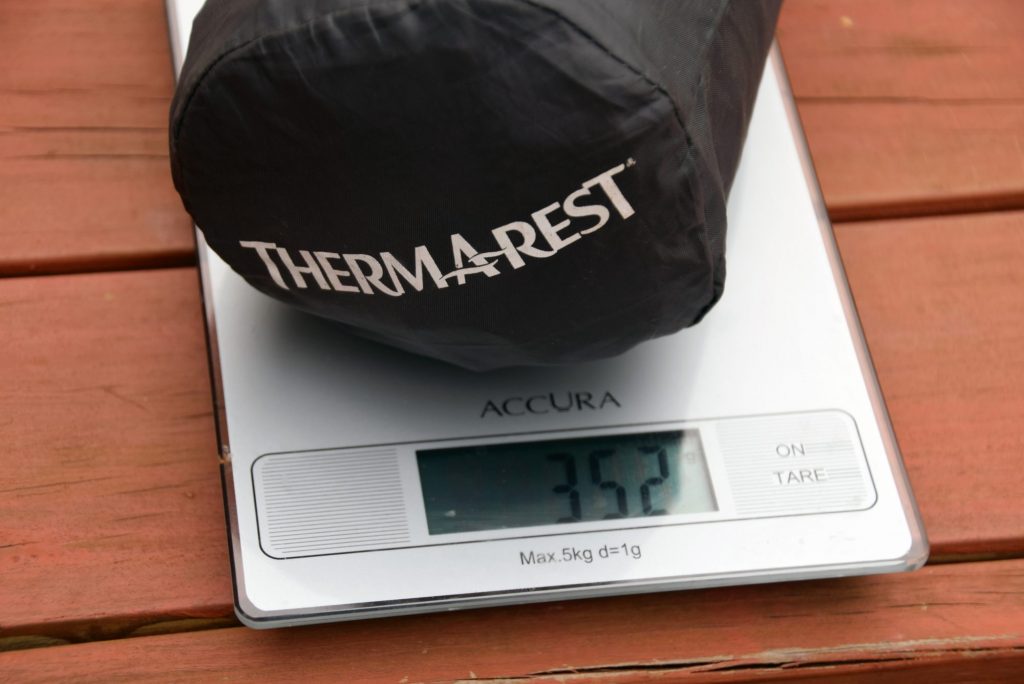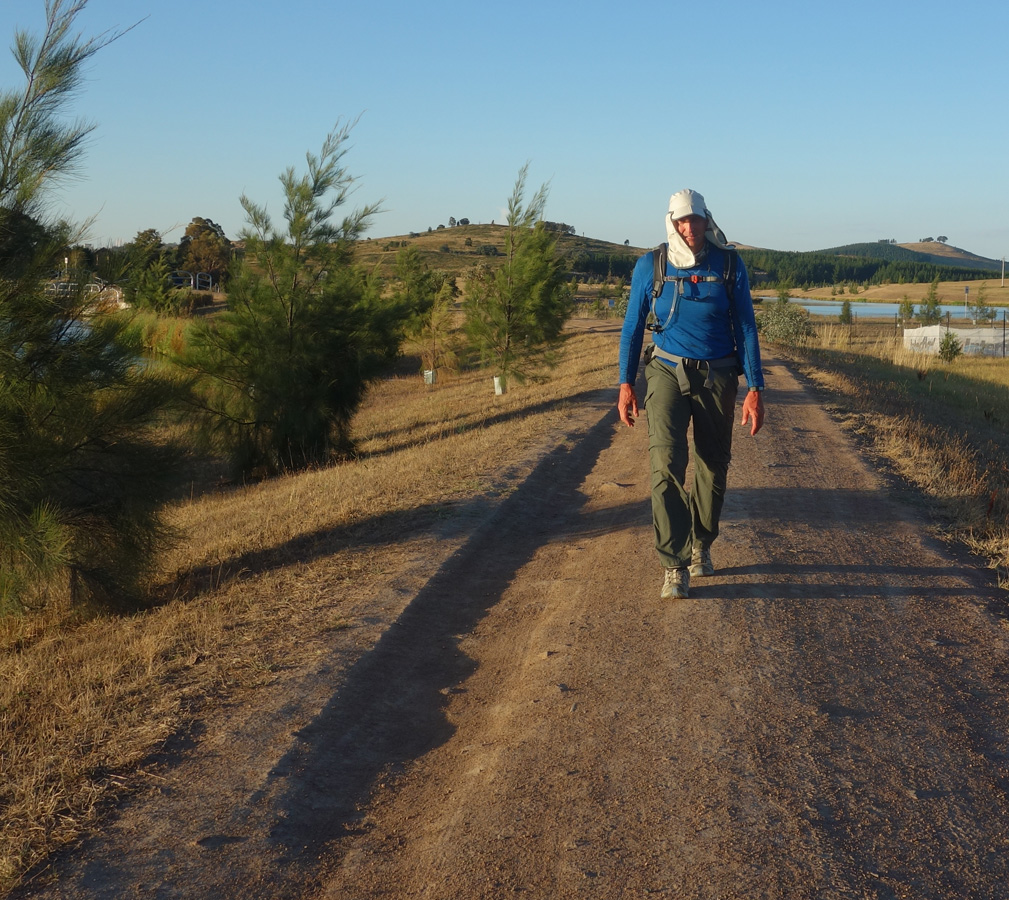Planning a long distance hike
Planning
Planning a long distance hike is really no difference from a shorter hike, isn’t it? In theory the concepts are the same, but in reality there are a number of other factors that come into play.
While I have done a number of multi-week hikes over the years prior to doing the Bibbulmun Track in 2018 I had never done a 5-6 week hike before. As an obsessive planner I spent over two years planning that trip and this article will take you through my planning process to provide you with a broad overview of the key areas to consider. Now I must say here that while this was my journey and should really only be used as a guide, the broad concepts apply to everyone and that is what we are going to discuss.
You can listen to this article as a podcast here.
We have included a checklist of considerations at the bottom of this article.
Definitions
Firstly let’s look at a couple of basic terms:
Firstly what is a Thru Hike?
In general terms a thru hike is a term usually applied to a long distance hike that is done over a consecutive series of days and completed in one go. There doesn’t really seem to be a distance attached to this, however the term often associated with the long distance American trail implies big mileage. Hiking for multiple weeks in one go isn’t the same as doing a series of shorter hikes where you can pop back home for a rest.
Section hike
A term section hike is usually associated with longer distance hikes where you do sections at a time. In this way you may take many months or even years to finish a hike. The Bibbulmun Track foundations refer to the term ‘end to end’ which can either be done in a single go as a thru hike, or as a section hike over an extended period.
Which way you choose to do your chosen trail is going to depend on a number of factors and the manner is going to depend on a number of factors that are purely personal. The focus of the rest of this article will be on thru hikes.
There is a well known phrase attributed to Benjamin Franklin ‘Fail to plan, plan to fail’ and this implies that if you don’t plan then you are likely to fail. Having said that there is such a thing as over planning which I discuss later.
Find your ‘Why’
So you’ve decided to do a long distance hike, all in one go. When I told family members this not one of them answered ‘that’s great’ or ‘congratulations’ or I wish I could join you. The general response was ‘why on earth would you want to do that, ‘are you crazy’ or what a waste of time. In face of the general lack of family support surprised me.
Everyones ‘why’ is going to be different. For me my ‘why involves:
- A personal challenge on how far I am able to physically push myself. My whole life has been based on challenging my own physical abilities, amongst other things. I want to look back and say ‘I did this amazing thing’.
- I have a number of Australian and overseas long distance hikes on my bucket list and I figure I only have another 30 years to do them so had better start now.
- I do most of my thinking when I am doing something physical. I have the ability to put my body into autopilot and this is when I do my best thinking. For me autopilot also means that I am fully aware of my own personal safety.
Some of the reasons that you shouldn’t be doing a longer distance hike include:
- You’re just tagging along on someone else’s adventure
- This is just one of the reasons that I do hikes over two weeks in length as a solo hiker. Gill isn’t into the really long hikes and can’t see the point
- You’re running away from something in your life as per Wild
- You want to find yourself as per Wild
If you are planning on hiking for multiple weeks, or months, then then you need to work out what your why is. It should be something that is important to you and won’t disappear at the first sign of problems.
Pick a trail
Once you have your why this will be a great starting point as to which trail you should choose. If you go to our recent article on Australia’s Long Distance Trails or listen to podcast epsiodes 064 you may find something that is screams ‘this is me!’ Every long distance trail is different, and each has its own high points that may steer you to choose a particular journey.

Trail Logos from some of Australia’s best long distance hiking trails
Pick a Time
In picking a trail you also need to consider when you are able to get time off work. It may be that the only time you can hike is not suitable for the trail you want to do. For me there are two main considerations.
- The weather conditions on the particular track.
Trails like the Australian Alps Walking Track in Eastern Australia will be impacted by heavy snow conditions in winter, the Heysen Trail in South Australia is closed due to excessive heat and fire danger in summer. The Bibbulmun Track strongly discourages people from hiking in summer due to extreme heat, bushfires, and limited water but doesn’t close the trail. While these are extreme considerations all trails will be impacted by the weather conditions and the degree of severity will change a hike from just a really long walk into a potentially hazardous journey.
2. Fitness
I have seen hikers make spur of the moment decisions on complex hikes and start them with a total lack of fitness. There are no comparable statistics in Australia but the majority of Hikers who withdraw from the Pacific Crest Trail in the USA in the first week do so for physical reasons.

Not the sort of weather that you want for an enjoyable hike. having said that this was what I got at the start of my walk on the Bibbulmun Track in 2018. The first day I had 100km winds and torrential rain!
How long will it take me?
The answer here is ‘it depends’. I live on the east coast of Australia and will be travelling to Western Australia so don’t want to make multiple trips to complete this walk.
Things to consider here are:
- How fit are you
- How heavy is your pack
- How fast do you travel?
- What sort of experience do you want?
- How much time do I have
Walking speed/time on the trail is a big factor in the time taken. The faster you walk to more stress you put on your body, the bigger risk of injury. If you are planning on doing a long distance hike, then you need to know your average walking speed over a variety of terrain.
For my Bibbulmun Track hike I have spent two years working out exactly what my physical limits are and providing there are no unforeseen circumstance I aimed to the Bibbulmun Track walk in 36 days (Walking days and rest days). I ended up completing the trip in 35days. This is walking at an average of 3.7km/hour for just over 8 hours/day at around 32km/day. For me that is a very comfortable speed and I usually walk at a faster rate than that on a typical long hike. These figures have been taken from my GPS and are also based on times for a large number of hikes over varying terrain.
You also need to know how far you are capable of walking in a day with a fully loaded pack, not just for one day but for multiple days. Factor is rest/injury days. No matter how fit you are things go wrong or don’t go to plan. I have allowed an additional seven days as a buffer just in case for rest and injury and have a further two days up my sleeve as a just in case on top of that.
Gear
As I’ve gotten older I’ve discovered that while I have more stamina I don’t recover as quickly as I used to when I get injured. As such I’m trying to reduce the amount of weight that I carry on my back and have researched all my pieces of equipment to death. I haven’t always gone for the lightest options in my overall gear choices but when I haven’t I have a considered reason for doing so.
I always do a shakedown hike prior to a trip to ensure that every works the way I have planned. It’s no use getting out on a long distance hike only to discover that your u-bute hooziwotszit just doesn’t suit your plans.
Strip back your gear to only what you need. If you don’t have a valid reason for carrying something, then don’t. Listen to podcast episode 02 or read the written version where we discuss my/journey towards becoming ultralight hikers.

Gram scale
Food
Food is one of the biggest mysteries for most hikers and on our 2016 Larapinta Trail walk every hiker we came across over catered for their food requirements. You should only be carrying what you will need/eat and there is a difference.
I have spent the last 2.5 years working out in detail what my food requirements are when I hike. I kept a detailed food diary for approximately 18 months as well as working out my calorie expenditure with the use of my Fitbit. Now I know that is not particularly scientific but is has provided me with a correlation between calorie in and calories out. I know that on a 32km hiking day I will burn around 8500 calories which is over 3 time what I would burn in my normal day to day life. When I walked the Bibbulmun Track I carried approximately I will be carrying around 900grams of food/day which provided me with 3500-4000 calories of energy ( any food I didn’t use I sent home so I could work out exactly what I used. In 2022 I now work on approximately 650grams of food as I’ve refined my food requirements. On a typical two week hike over the past 12 years I loose on average 7-8 kg so you can see my dilemma when I am looking at being on the trail for 2.5 -3 times that length of time.
It would be physically impossible for me to carry enough calories to meet that requirement and this is one of my biggest concerns on long hikes. This means that when I hit a track town I eat up big replacing as many calories as possible.
In podcast episode 057 I interviewed Nutritionist Lisa Donaldson on Nutrition on the trail and ended up having her review my food needs from a nutrition perespective.

Sun dried Mango
How much will it cost you?
Everyone has a budget, and this will determine your ability to do a hike. It took me a number of years to save up 6 weeks holidays to do my Bibbulmun Track Hike. It has also took me a while to save up money to assemble all the gear. I have written s separate article on the cost of hiking that provides some cost options.
Mental Fitness
The last consideration is the mental stress of a hike. I plan on doing this walk as a solo hiker (listen to episode 017). Image being by yourself for 5-6 weeks with only yourself for company. Imagine being with a friend or partner for 5-6 weeks; will you relationship survive? one question both my wife Gill and I got prior to hiking The Larapinta Trail in 2016 what was did we talk about for two weeks?
I expect to have good days and bad days on my walk and I will need to consider what I will do when I’m feeling down.
Once of the most consistent recommendations coming out of the thu hiking community is to tell everyone what you are doing. It creates an expectation that you will finish and creates a mental state that when things get tough you just keep on going.
Now onto what many people would consider the airy fairy stuff and by that I mean the way you feel, mentally, as opposed to any physical feelings.
Figures don’t really exist in Australia for reasons that people stop a long distance hike but on the USA long trails such as the Pacific Crest Trail one of the reasons for dropping out at the start of a hike is due to physical injury or lack of fitness. One of the main reasons that people drop out later on a hike is due to reasons of the mind.
The decision to hike solo or as part of a group/couple will often come down to how well you cope with being alone for long periods. I have found that over the duration of a long distance hike I usually don’t have a problem being alone. In fact on my 2018 Bibbulmun Track hike over a five-week period, I worked out I only talked to other humans for a total of around eight hours. Apparently the average person has anywhere up to around 60,000 individual thoughts per day. Now there seems to be disagreement about how accurate this figure is but the lowest figure that is floating around is about 12,000. Imagine having all the time in the world just to think! For me this is one of the things I love about long distance hikes.
In regard to the mental challenge of doing a long distance my strategy was not to think about how far I had to go but to break my hike down into chunks. I think in terms of weekly distances and then break it down into my daily distance, and from there I break the day down into my morning and afternoon distance. Funnily enough I don’t consider my hourly speed instead factoring my known pace onto my planning stage so I know the distance I have planned for day is achievable. So long as I feel like I’m travelling at a comfortable pace I know that I’ll achieve my daily goal.
I also tend to be goal driven and get a bit of a high when I reach the halfway point of the day and find I’m ahead of where I expected to be. Knowing your walking pace over a variety of different conditions is a something worth identifying. I work on an average of 3.75 km per hour for most hikes but I usually travel at a speed over 4 km per hour which adds up over a multi-week hike.

Solo Hiker
Miscellaneous
In addition to the main considerations already identified I would strongly suggest the following prior to commencing a long hike:
- Visit a dentist and get your teeth checked.
- Visit your doctor and have a check-up to make sure you are fit.
Putting it all together
Planning a thru hike is best compared to a jigsaw puzzle. There are so many different pieces that you need to assess and work out where they go. You need to look at everything we have talked about individually and as a whole and make sure that the individual pieces all fit together as something that you ae happy with.
Last words
No matter what the length of the hike you need to do some degree of planning. The longer the hike the more involved this planning will be. Oh did I mention that it’s possible to over-plan? You definitely need to plan otherwise how do you know how much time you have or how much food that you need etc. Having said that any plan must have the ability to be flexible. Things can, and do go wrong and you must allow enough flexibility to cope with unforeseen circumstances. The aim is to achieve a balance and do enough planning so that you, and others know whats going but is not so rigid that there is no room to move.
Happy planning!!!
Consideration list
To access a list of considerations that you think about when doing a long distance hike go to Considerations for Long Distance Hikes
This list is by no means exhaustive and is meant as a starting point to make you think.